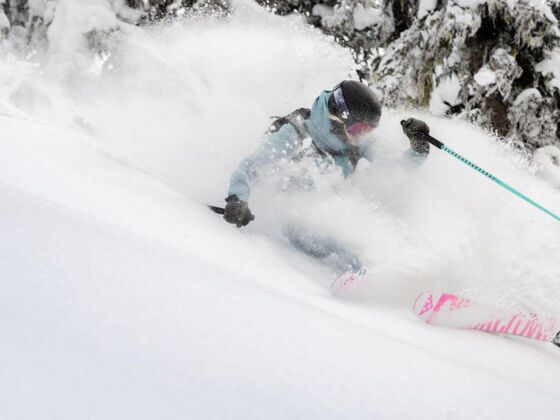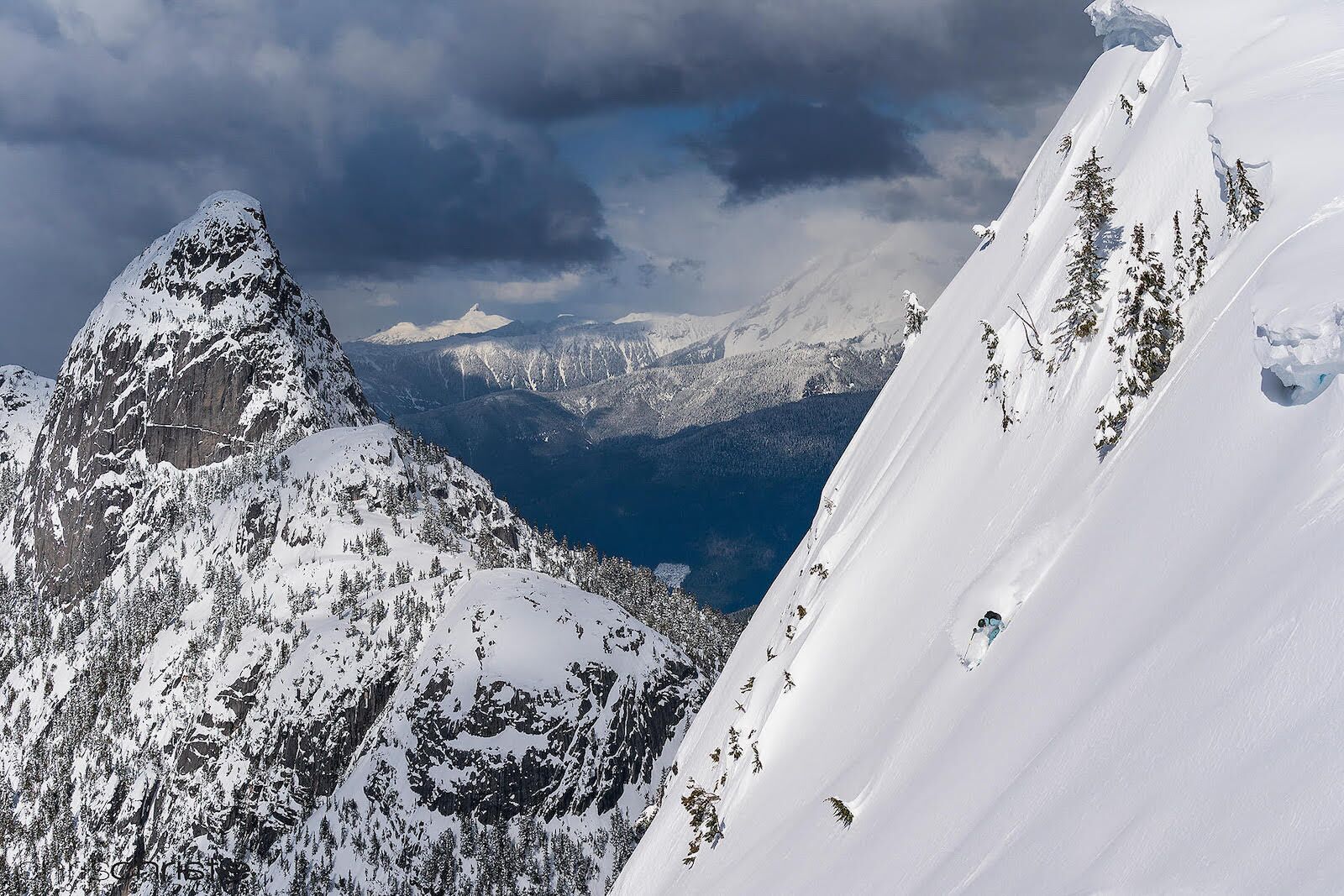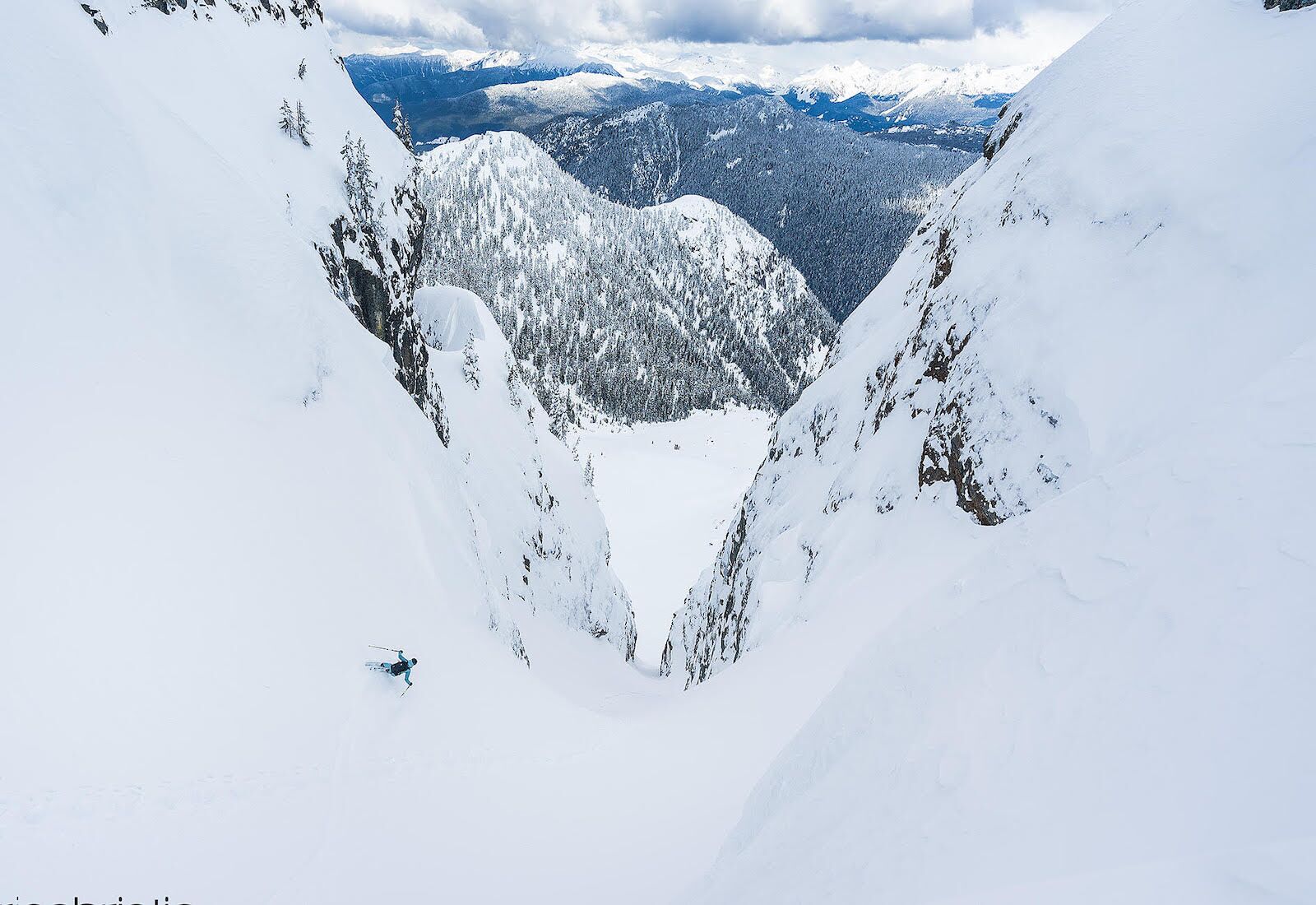Packing for a ski trip can be anxiety-inducing. Few other common reasons to travel require so much stuff, and while it’s possible to rent much of what you need for a ski vacation once you get there, if you already own your gear, stepping back into a pair of rental boots is rarely a positive experience.
Even knowing what to pack for a ski trip and what to leave behind can quickly become overwhelming. Cotton or wool? Puffy or parka? And, do you really need that Polar BUFF tubular, or will simply tightening the hood of your jacket suffice? While much depends on the weather forecast for your destination, the last thing you want is to show up without what you need. There’s no app for that, but fortunately, there’s a pro here to give her advice. Celeste Pomerantz is a professional skier based in British Columbia and sponsored by Black Crows. Active year-round on skis and mountain bikes, her winters are particularly far-flung – she routinely drops big lines from Squamish to Switzerland and knows a thing or two about effective gear preparation.


